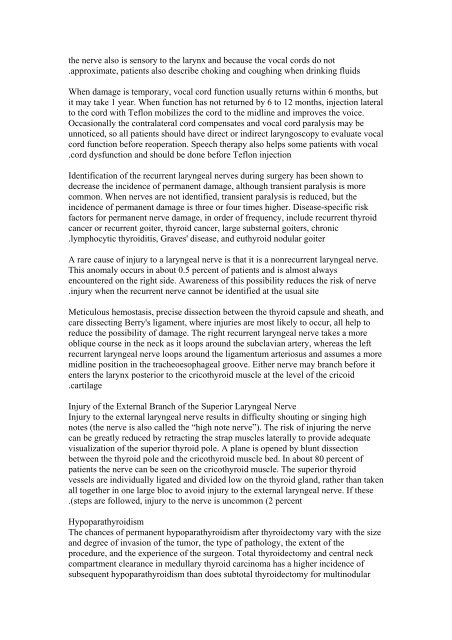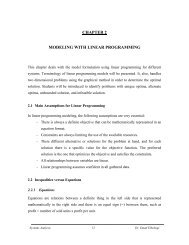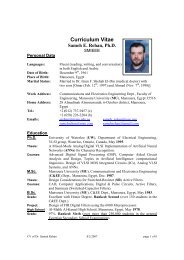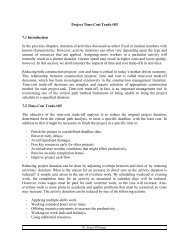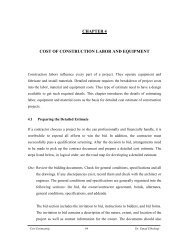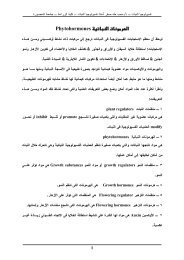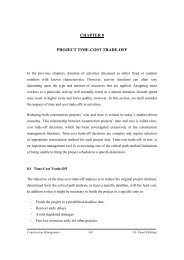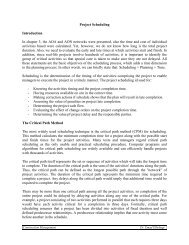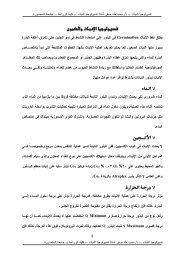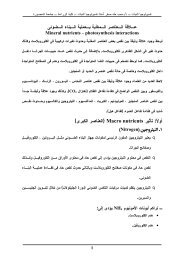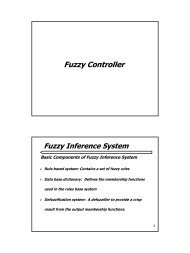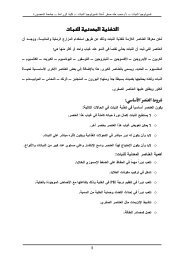Thyroid and Parathyroid
Thyroid and Parathyroid
Thyroid and Parathyroid
You also want an ePaper? Increase the reach of your titles
YUMPU automatically turns print PDFs into web optimized ePapers that Google loves.
the nerve also is sensory to the larynx <strong>and</strong> because the vocal cords do not<br />
. approximate, patients also describe choking <strong>and</strong> coughing when drinking fluids<br />
When damage is temporary, vocal cord function usually returns within 6 months, but<br />
it may take 1 year. When function has not returned by 6 to 12 months, injection lateral<br />
to the cord with Teflon mobilizes the cord to the midline <strong>and</strong> improves the voice.<br />
Occasionally the contralateral cord compensates <strong>and</strong> vocal cord paralysis may be<br />
unnoticed, so all patients should have direct or indirect laryngoscopy to evaluate vocal<br />
cord function before reoperation. Speech therapy also helps some patients with vocal<br />
. cord dysfunction <strong>and</strong> should be done before Teflon injection<br />
Identification of the recurrent laryngeal nerves during surgery has been shown to<br />
decrease the incidence of permanent damage, although transient paralysis is more<br />
common. When nerves are not identified, transient paralysis is reduced, but the<br />
incidence of permanent damage is three or four times higher. Disease-specific risk<br />
factors for permanent nerve damage, in order of frequency, include recurrent thyroid<br />
cancer or recurrent goiter, thyroid cancer, large substernal goiters, chronic<br />
. lymphocytic thyroiditis, Graves' disease, <strong>and</strong> euthyroid nodular goiter<br />
A rare cause of injury to a laryngeal nerve is that it is a nonrecurrent laryngeal nerve.<br />
This anomaly occurs in about 0.5 percent of patients <strong>and</strong> is almost always<br />
encountered on the right side. Awareness of this possibility reduces the risk of nerve<br />
. injury when the recurrent nerve cannot be identified at the usual site<br />
Meticulous hemostasis, precise dissection between the thyroid capsule <strong>and</strong> sheath, <strong>and</strong><br />
care dissecting Berry's ligament, where injuries are most likely to occur, all help to<br />
reduce the possibility of damage. The right recurrent laryngeal nerve takes a more<br />
oblique course in the neck as it loops around the subclavian artery, whereas the left<br />
recurrent laryngeal nerve loops around the ligamentum arteriosus <strong>and</strong> assumes a more<br />
midline position in the tracheoesophageal groove. Either nerve may branch before it<br />
enters the larynx posterior to the cricothyroid muscle at the level of the cricoid<br />
. cartilage<br />
Injury of the External Branch of the Superior Laryngeal Nerve<br />
Injury to the external laryngeal nerve results in difficulty shouting or singing high<br />
notes (the nerve is also called the “high note nerve”). The risk of injuring the nerve<br />
can be greatly reduced by retracting the strap muscles laterally to provide adequate<br />
visualization of the superior thyroid pole. A plane is opened by blunt dissection<br />
between the thyroid pole <strong>and</strong> the cricothyroid muscle bed. In about 80 percent of<br />
patients the nerve can be seen on the cricothyroid muscle. The superior thyroid<br />
vessels are individually ligated <strong>and</strong> divided low on the thyroid gl<strong>and</strong>, rather than taken<br />
all together in one large bloc to avoid injury to the external laryngeal nerve. If these<br />
.( steps are followed, injury to the nerve is uncommon (2 percent<br />
Hypoparathyroidism<br />
The chances of permanent hypoparathyroidism after thyroidectomy vary with the size<br />
<strong>and</strong> degree of invasion of the tumor, the type of pathology, the extent of the<br />
procedure, <strong>and</strong> the experience of the surgeon. Total thyroidectomy <strong>and</strong> central neck<br />
compartment clearance in medullary thyroid carcinoma has a higher incidence of<br />
subsequent hypoparathyroidism than does subtotal thyroidectomy for multinodular


